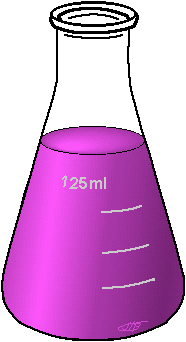| |
|
|
| |
 |
|
| |

Brain teaser – Can you read this?
|
|
| |
|
|
| |
This has been floating around the Internet for some time. But I have just discovered it and thought it was great. I’ve no idea where it came from.
Credit: ©? Unknown
|
|
| |
|
|
| |
 |
|
| |

A water drop plunges down a black hole
|
|
| |
|
|
| |
This water drop appears to be plunging into a black hole
Credit: © (CC by-sa) Sven Hoppe
|
|
| |
|
|
| |
 |
|
| |

Human embryo at day four
|
|
| |
|
|
| |
Scanning electron micrograph of a human embryo at day 4. The protein coat surrounding the egg (zona pellucida, gold) has been slit to expose the embryonic cells inside (red). These cells go on to form the embryo and can be harvested and cultured to give rise to embryonic stem (ES) cells. Microvilli are visible on the surface of the embryonic cells (blastomeres) and numerous sperm (blue) are still visible on the outside of the zona pellucida.
Credit: © (CC by-nc-nd 2.0) Yorgos Nikas, Wellcome Images
|
|
| |
|
|
| |
 |
|
| |

Cliff of the Two-Dimensional World
|
|
| |
|
|
| |
The Cliff of the Two-Dimensional World is the 2011 International Science & Engineering Visualization Challenge People’s Choice Winner in photography. The challenge is sponsored by the National Science Foundation (NSF) along with the journal Science, published by the American Association for the Advancement of Science (AAAS).
This landscape, which looks like a red-rock bluff straight out of Utah, isn’t a geologic feature. Instead, it’s a nanostructured material made from ultrathin layers of titanium-based compounds, as seen under an electron microscope. These exfoliated layers, which Babak Anasori and colleagues at Drexel University in Philadelphia dubbed MXenes, are so thin they are two-dimensional. In other words, each strip is only five atomic layers thick. The team is the first to render such materials in 2-D. The MXenes could be used in energy storage devices, sensors, solar cells and other applications, the team writes. And they could give the majesty of Arches National Park in Utah some nanoscale competition.
Credit: Babak Anasori, Michael Naguib, Yury Gogotsi, Michel W. Barsoum, Drexel University
|
|











